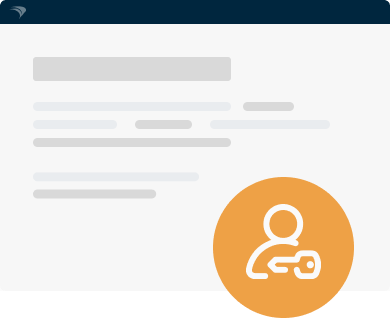Introduction
Welcome to a deep dive into a topic that is reshaping the future of education: the impact of policies on learning outcomes. In a world where change is the only constant, the educational landscape is undergoing a remarkable transformation. Schools and educational institutions are evolving to embrace new technologies and adapt to societal expectations and standards. But here’s the million-dollar question: How do we ensure these changes are truly effective?
In this article, we’re not just scratching the surface; we’re embarking on an exciting journey to uncover how thoughtful policy implementation can significantly enhance learning outcomes. It’s about creating an educational environment where every student can thrive. Ready? Let’s jump in!
The Importance of Policy Assessment
As we navigate this complex terrain, one thing is clear: assessing educational policies holds a key role in our mission to elevate teaching and learning. Picture this: a world where data drives our decisions. By leveraging both quantitative and qualitative insights, we can illuminate our path forward. Here’s what we need to focus on:
- Data-Driven Decision Making: Imagine having the power to inform decisions based on solid evidence. A blend of stats and stories ensures that we’re addressing the needs of students and educators alike.
- Stakeholder Engagement: This isn’t a solo act! A successful policy assessment is a collaborative effort that invites teachers, parents, students, and policymakers to the table. Diverse perspectives lead to richer insights.
- Continuous Improvement: Picture a classroom where policies adapt just like the students. Regular assessments create a culture of continuous improvement, ensuring we evolve with the ever-changing educational demands.
Strategies for Effective Policy Assessment
So, how do we put this into action? Let’s explore some dynamic strategies designed to assess the impact of education policies on learning outcomes:
- Identify Clear Objectives: First things first, we need to set clear, measurable objectives that reflect the real outcomes we desire. This clarity is our North Star.
- Utilize Mixed Methods: Think of a toolbox filled with the right instruments for the job. Employing a mix of quantitative metrics—like test scores and graduation rates—and qualitative inputs—like surveys and interviews—provides a well-rounded view of policy effectiveness.
- Leverage Technology: In this digital age, data management systems are our best friends. They help us track progress and gather insights efficiently, enabling real-time adjustments to policies when necessary. Is your school equipped for this challenge?
Evaluating Learning Outcomes
Now that we’ve established how to assess policies, let’s move on to understanding their impact on learning outcomes. Evaluating these outcomes is critical in revealing how well we’re doing as educators. Here are some innovative methods we can adopt:
- Standardized Testing: Standardized tests give us objective metrics to gauge student performance. They’re a necessary yardstick, but we must remember they capture only part of the story.
- Feedback Mechanisms: Regular feedback from students and teachers is invaluable. It helps us understand what’s working and what needs to change. Think of it as a two-way conversation where everyone has a voice.
- Longitudinal Studies: To grasp the long-term effects of educational policies, we can conduct longitudinal studies that track student progress over time. This reveals a clearer picture of what really lasts!
Case Studies: Successful Policy Implementations
Let’s now turn our gaze to inspiring success stories. Case studies offer a treasure trove of insights about what works. Here are a few standout examples:
- Technology Integration Programs: Schools that have infused technology into their curricula are seeing remarkable improvements in student engagement. It’s a game-changer!
- Inclusive Education Policies: Policies crafted with inclusivity in mind have shown significant success for students with diverse needs. This is a testament to the importance of designing policies that cater to all learners.
- Professional Development for Educators: Continuous professional development for teachers elevates teaching methods and enhances student performance. Investing in our educators pays dividends in student success.
Challenges in Policy Assessment
No journey is without its bumps. Despite the potential rewards, assessing educational policies presents challenges that we must face head-on. Here are some hurdles we might encounter:
- Limited Resources: The reality is many educational institutions operate within tight budgets, restricting their ability to conduct comprehensive assessments. Innovation can emerge from necessity!
- Resistance to Change: Change is hard, and when it comes to educational policies, pushback from stakeholders can stall progress. Engaging them in the process is crucial to overcoming this challenge.
- Diverse Educational Contexts: Our educational landscape is incredibly varied, which complicates the application of a one-size-fits-all approach to policy assessment. Flexibility and adaptability are key!
Conclusion
In conclusion, assessing the impact of policies on learning outcomes is not merely an academic exercise; it is a critical step towards nurturing effective educational strategies that enhance student success. With data-driven evaluations, continuous improvement, and inclusive engagement of all stakeholders, we can foster learning experiences that truly matter.
Are you ready to embark on this exciting journey of policy assessment? By understanding the impact of these policies, we pave the way for a more effective and inclusive educational system. The future is bright, and together, we can light the way!





